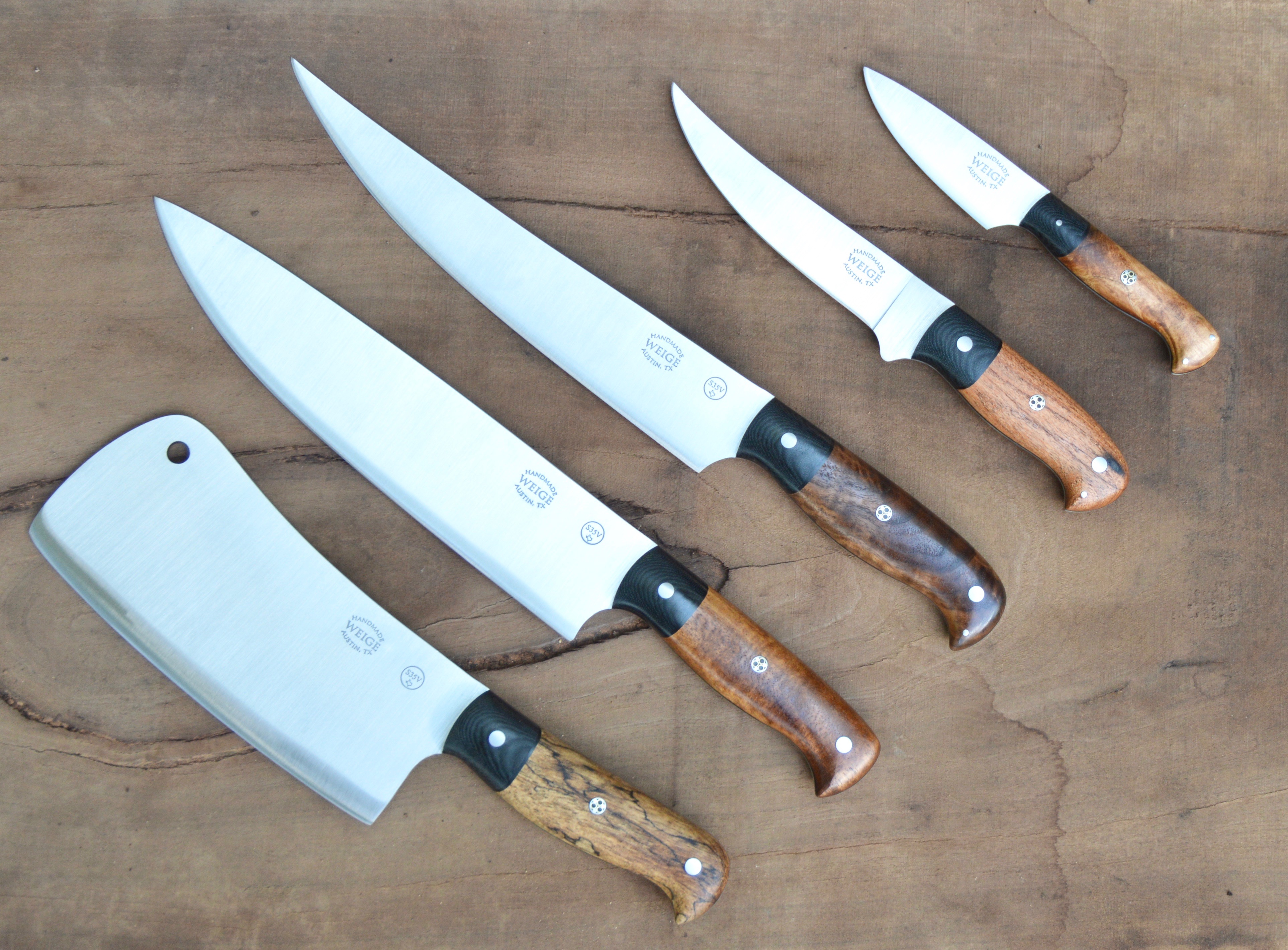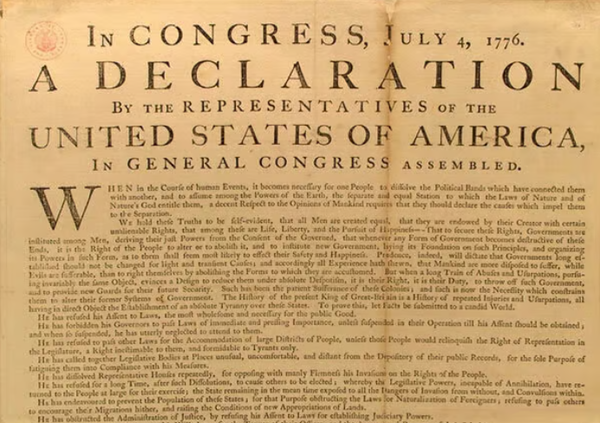Russia has a vodka addiction and so does Vladimir Putin

From Mark Schrad for Politico: "Of the dozens of vodka factories strung across Russia’s 11 time zones, the crown jewel of the Russian liquor industry is the Kristall distillery in Moscow, birthplace of the world-famous Stolichnaya brand. Founded in 1901 as “Moscow State Wine Warehouse No. 1,” the iconic red-brick factory just two miles due east of the Kremlin fueled Tsar Nicholas II’s vodka monopoly, providing the largest revenue source for the Russian empire. Decades later, Kristall would again be on the frontlines — but this time in a battle for control over the lucrative vodka industry itself, one launched not by foreign aggressors but by Russian President Vladimir Putin."
He published a magazine while hiding from the Nazis in an attic

From Nina Siegal for the NYT: "For more than two years, home for Curt Bloch was a tiny crawl space below the rafters of a modest brick home in Enschede, a Dutch city near the German border. The attic had a single small window. He shared it with two other adults. During that time, Bloch, a German Jew, survived in the Nazi-occupied Netherlands by relying on a network of people who gave him food and kept his secrets. In that respect, he was like at least 10,000 Jews who hid in Holland and managed to live by pretending not to exist. But Bloch’s experience was different because, in addition to sustenance and care, his helpers brought him pens, glue, newspapers and other materials that he used to produce a startling publication: his own weekly, satirical poetry magazine."
When Great Britain made it illegal to serve Christmas dinner to the poor

From Livia Gershon for JSTOR Daily: "Members of the nobility provided Christmas dinner to their tenants and workers. And, under the old Poor Law, the system of public charity operating through the 1820s, so did public institutions. But this changed abruptly with the passage of the New Poor Law in the 1830s. This legislation required all able-bodied people who needed assistance to live in workhouses, where they engaged in hard labor in exchange for food and shelter. These were explicitly designed to be unpleasant places, and one way of ensuring this was rules about the food to be served. Certain foods were explicitly forbidden, including fruit, sweets, alcohol—and Christmas meals."
Editor's note: If you like this newsletter, I'd be honoured if you would help me by contributing whatever you can via my Patreon.
No one can live on Rockall Island, but people keep trying anyway

From Mike Sowden at Everything Is Amazing: "The Rockall Trough marks where the continental shelf ends, and at the other side of it rises a plateau of rock as long as Scotland. In just one place does it fully break the surface – a small nib of granite, the remains of a volcanic plug, poking just 20 metres above waves that occasionally burst right over it. Stand on Rockall, and you’re standing on the only piece of land for hundreds of miles in every direction, in some of the tallest seas in the world. So you’d be mad to try?Tell that to survival expert Tom McLean, who clambered onto the islet on the 26th May 1985 (after more than one attempt) and stayed until the 4th of July, living in a homemade plywood box."
The psychological enigma known as body integrity dysphoria

From Michelle Orange for Harpers: "Body integrity dysphoria, is rare. Though experts are reluctant to estimate its prevalence, it is believed that at least a thousand people globally have the disorder. Medical recognition of the condition is growing, and its addition to the World Health Organization’s International Classification of Diseases (ICD) took effect last year. The ICD defines BID as “an intense and persistent desire to become physically disabled in a significant way”—to become, for example, a major-limb amputee, paraplegic, or blind—“with onset by early adolescence accompanied by persistent discomfort, or intense feelings of inappropriateness” regarding one’s body."
There's a lot more to sharpening a knife than you might think

From TW Lim at Scope Of Work: Geometry might be the most explicit description of sharpness we have. If you dig into the internet community of knife nerds, you eventually get to websites with pictures of cutting edges taken with an electron microscope, and measurements of edge thickness and angles. They’re trying to quantify the geometry of some very sharp edges – of surgical scalpels, razors, and high quality kitchen knives. These blades are made sharp in order to be precise, so it seems fitting that to gauge their sharpness, we measure their geometry with as much exactitude as we can muster. But when Shehan starts forging a knife, edge geometry isn’t what’s foremost on his mind. He’s trying to create good kireaji, a Japanese term often translated as “cutting feel,” though I prefer Shehan’s version: “a tactile type of sharpness.”
The amazing Gomesa Jiaho Queen Orchid
There is an orchid called the Gomesa Jiaho Queen Orchid, and this is what it looks like pic.twitter.com/wDnffuGHBZ
— Science girl (@gunsnrosesgirl3) January 1, 2024
I find a lot of these links myself, through RSS feeds etc., but I also get some from other newsletters that I rely on as "serendipty engines," such as The Morning News from Rosecrans Baldwin and Andrew Womack, Dan Lewis's Now I Know, Robert Cottrell and Caroline Crampton's The Browser, Clive Thompson's Linkfest, Noah Brier and Colin Nagy's Why Is This Interesting, Maria Popova's The Marginalian, Sheehan Quirke AKA The Cultural Tutor, the Smithsonian magazine, and JSTOR Daily. If you come across something interesting that you think should be included here, please feel free to email me.



